1,3-Diphenylbenzene
Synonym(s):1,3-Diphenylbenzene
- CAS NO.:92-06-8
- Empirical Formula: C18H14
- Molecular Weight: 230.3
- MDL number: MFCD00003059
- EINECS: 202-122-1
- SAFETY DATA SHEET (SDS)
- Update Date: 2024-12-18 14:15:32
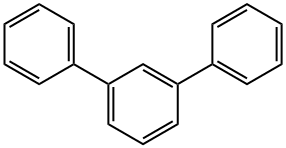
What is 1,3-Diphenylbenzene?
Chemical properties
Needles.
The Uses of 1,3-Diphenylbenzene
m-Terphenyl is a polychlorinated terphenyl used in electronic equipments, lubricants, sealants and other devices. It is also found as a global environmental contaminant.
Synthesis Reference(s)
The Journal of Organic Chemistry, 51, p. 3162, 1986 DOI: 10.1021/jo00366a016
General Description
Yellow solid. Mp 86-87°C; bp: 365°C. Density: 1.195 g cm-3. Insoluble in water. Usually shipped as a solid mixture with its isomers o-terphenyl and p-terphenyl that is used as a heat-transfer fluid.
Reactivity Profile
1,3-Diphenylbenzene is non-flammable but combustible (flash point 403°F). Extremely stable thermally. Incompatible with strong oxidizing agents but not very reactive at room conditions.
Hazard
Moderately toxic by ingestion. Combustible. Eye and upper respiratory tract irritant.
Safety Profile
Moderately toxic by ingestion. Combustible when exposed to heat or flame. To fight fire, use water, CO2, dry chemical. When heated to decomposition it emits acrid smoke and irritating fumes.
Purification Methods
Purify it as for o-terphenyl above. [Beilstein 5 IV 2480.]
Properties of 1,3-Diphenylbenzene
| Melting point: | 84-88 °C (lit.) |
| Boiling point: | 379 °C (lit.) |
| Density | 1,2 g/cm3 |
| refractive index | 1.5681 (estimate) |
| Flash point: | 191°C |
| form | neat |
| color | White to Light yellow |
| Water Solubility | 1.511mg/L(25 ºC) |
| BRN | 1864778 |
| Exposure limits | NIOSH: IDLH 500 mg/m3; Ceiling 0.5 ppm(5 mg/m3) |
| CAS DataBase Reference | 92-06-8(CAS DataBase Reference) |
| NIST Chemistry Reference | m-Terphenyl(92-06-8) |
| EPA Substance Registry System | m-Terphenyl (92-06-8) |
Safety information for 1,3-Diphenylbenzene
| Signal word | Warning |
| Pictogram(s) |
 Exclamation Mark Irritant GHS07  Environment GHS09 |
| GHS Hazard Statements |
H315:Skin corrosion/irritation H319:Serious eye damage/eye irritation H335:Specific target organ toxicity, single exposure;Respiratory tract irritation H400:Hazardous to the aquatic environment, acute hazard |
| Precautionary Statement Codes |
P273:Avoid release to the environment. P302+P352:IF ON SKIN: wash with plenty of soap and water. P305+P351+P338:IF IN EYES: Rinse cautiously with water for several minutes. Remove contact lenses, if present and easy to do. Continuerinsing. |
Computed Descriptors for 1,3-Diphenylbenzene
New Products
(S)-3-Aminobutanenitrile hydrochloride 4-Methylphenylacetic acid N-Boc-D-alaninol N-BOC-D/L-ALANINOL Tert-butyl bis(2-chloroethyl)carbamate 3-Morpholino-1-(4-nitrophenyl)-5,6-dihydropyridin- 2(1H)-one Furan-2,5-Dicarboxylic Acid Tropic acid 1-Bromo-3,5-Di-Tert-Butylbenzene S-2-CHLORO PROPIONIC ACID ETHYL ISOCYANOACETATE 2-Bromo-1,3-Bis(Dimethylamino)Trimethinium Hexafluorophosphate 4-IODO BENZOIC ACID 3-NITRO-2-METHYL ANILINE 1-(2,4-DICHLOROPHENYL) ETHANAMINE (2-Hydroxyphenyl)acetonitrile 4-Bromopyrazole 2-(Cyanocyclohexyl)acetic acid 4-methoxy-3,5-dinitropyridine 1-(4-(aminomethyl)benzyl)urea hydrochloride 2-aminopropyl benzoate hydrochloride diethyl 2-(2-((tertbutoxycarbonyl)amino) ethyl)malonate tert-butyl 4- (ureidomethyl)benzylcarbamate Ethyl-2-chloro((4-methoxyphenyl)hydrazono)acetateRelated products of tetrahydrofuran

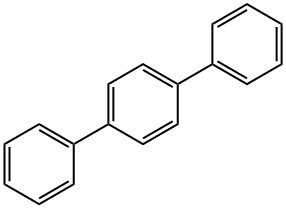

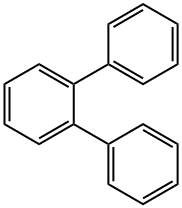
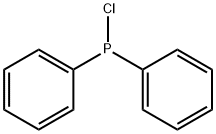

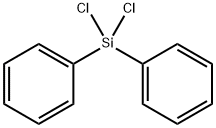
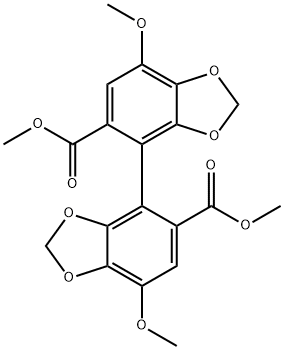
You may like
-
 m-Terphenyl CAS 92-06-8View Details
m-Terphenyl CAS 92-06-8View Details
92-06-8 -
 M-Terphenyl 95% CAS 92-06-8View Details
M-Terphenyl 95% CAS 92-06-8View Details
92-06-8 -
 m-Terphenyl CAS 92-06-8View Details
m-Terphenyl CAS 92-06-8View Details
92-06-8 -
 1975-50-4 98%View Details
1975-50-4 98%View Details
1975-50-4 -
 2-HYDROXY BENZYL ALCOHOL 98%View Details
2-HYDROXY BENZYL ALCOHOL 98%View Details
90-01-7 -
 2-Chloro-1,3-Bis(Dimethylamino)Trimethinium Hexafluorophosphate 221615-75-4 98%View Details
2-Chloro-1,3-Bis(Dimethylamino)Trimethinium Hexafluorophosphate 221615-75-4 98%View Details
221615-75-4 -
 14714-50-2 (2-Hydroxyphenyl)acetonitrile 98+View Details
14714-50-2 (2-Hydroxyphenyl)acetonitrile 98+View Details
14714-50-2 -
 118753-70-1 98+View Details
118753-70-1 98+View Details
118753-70-1